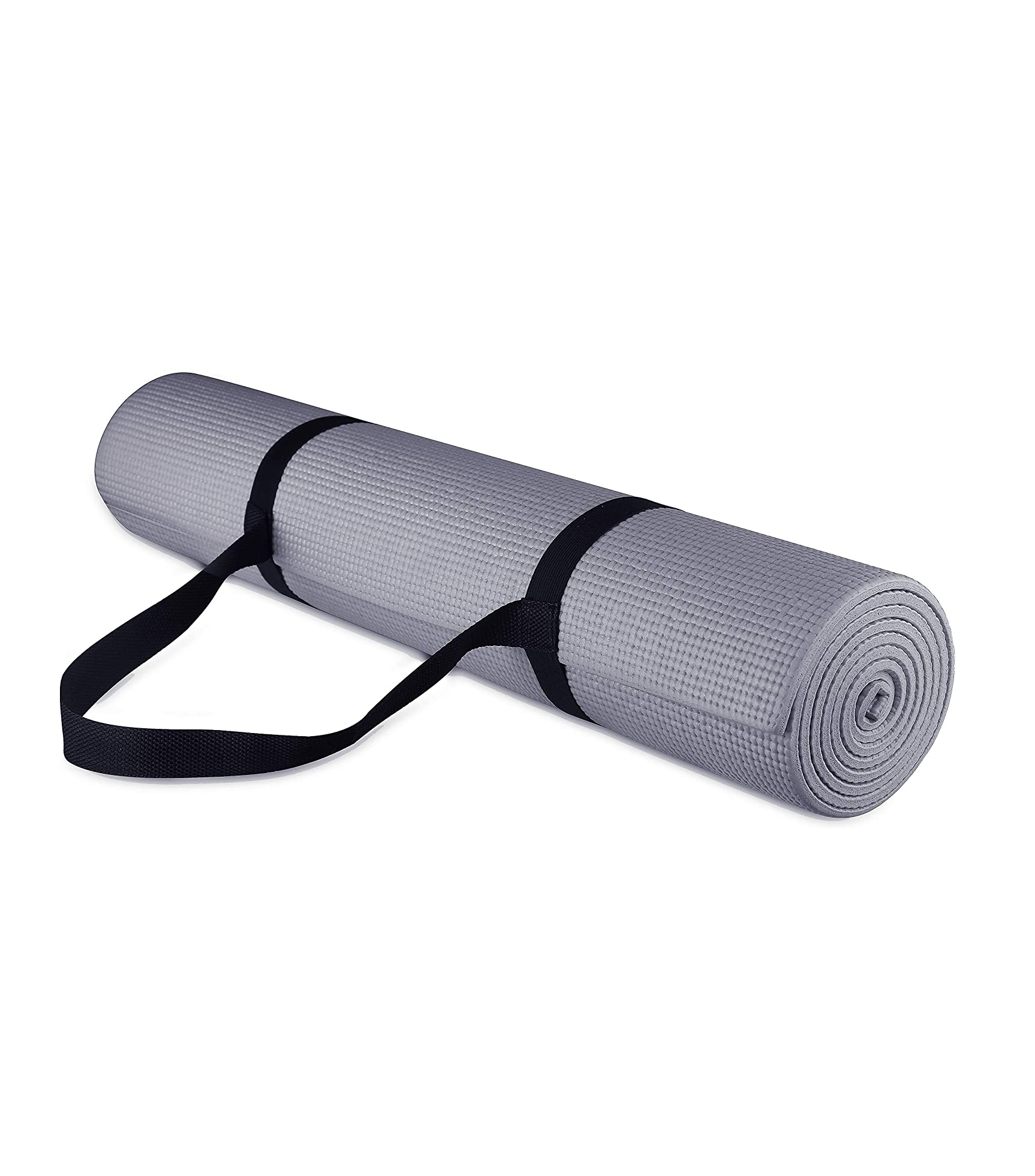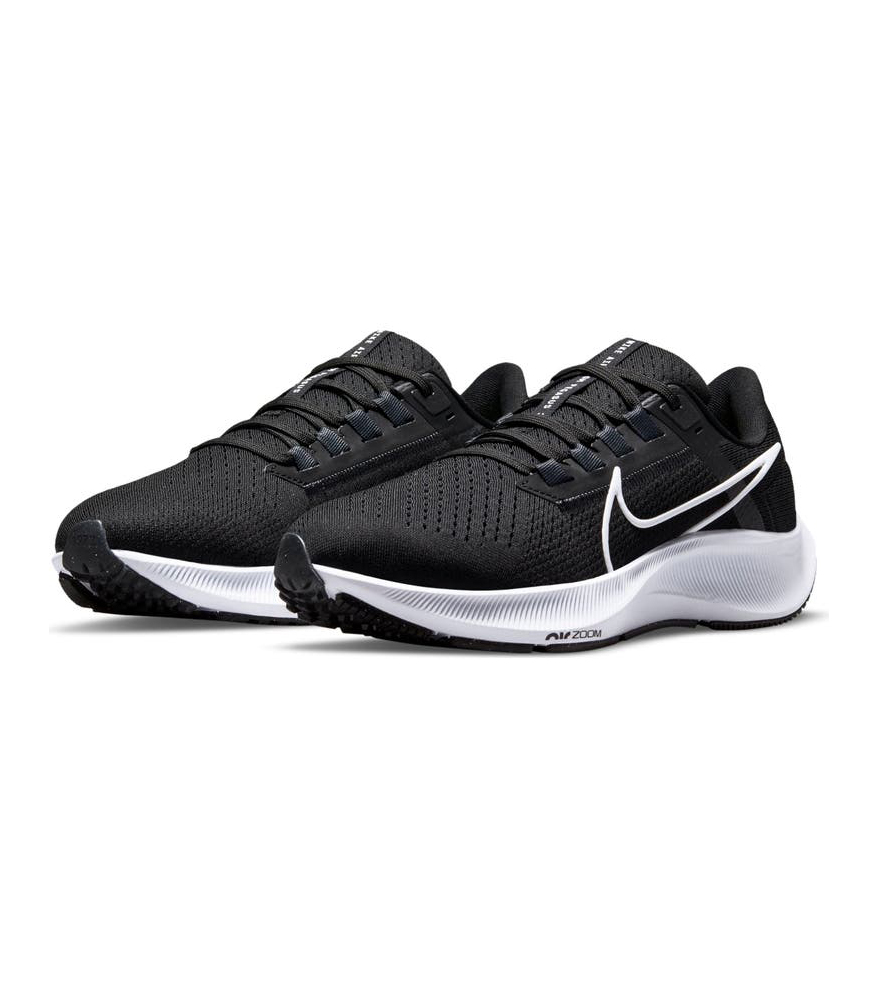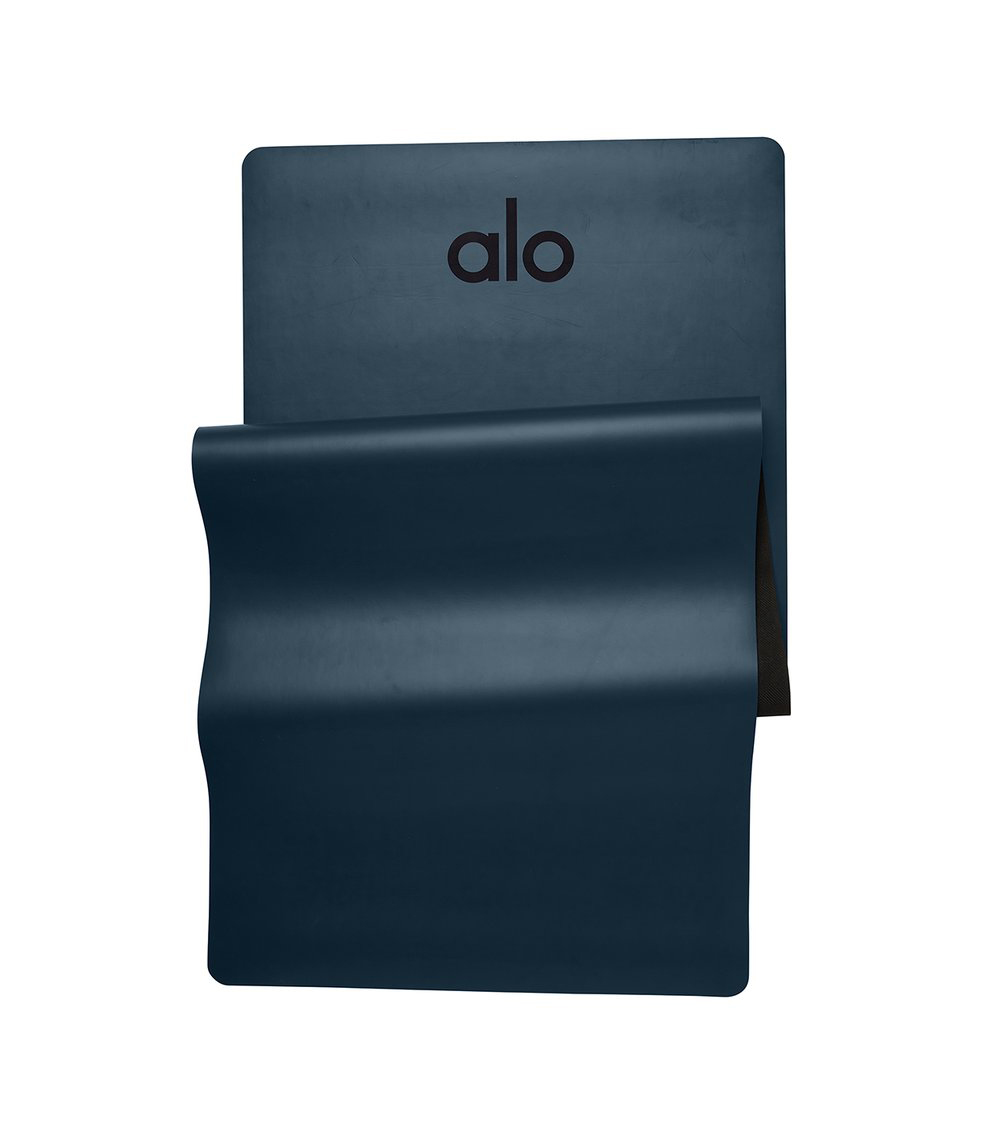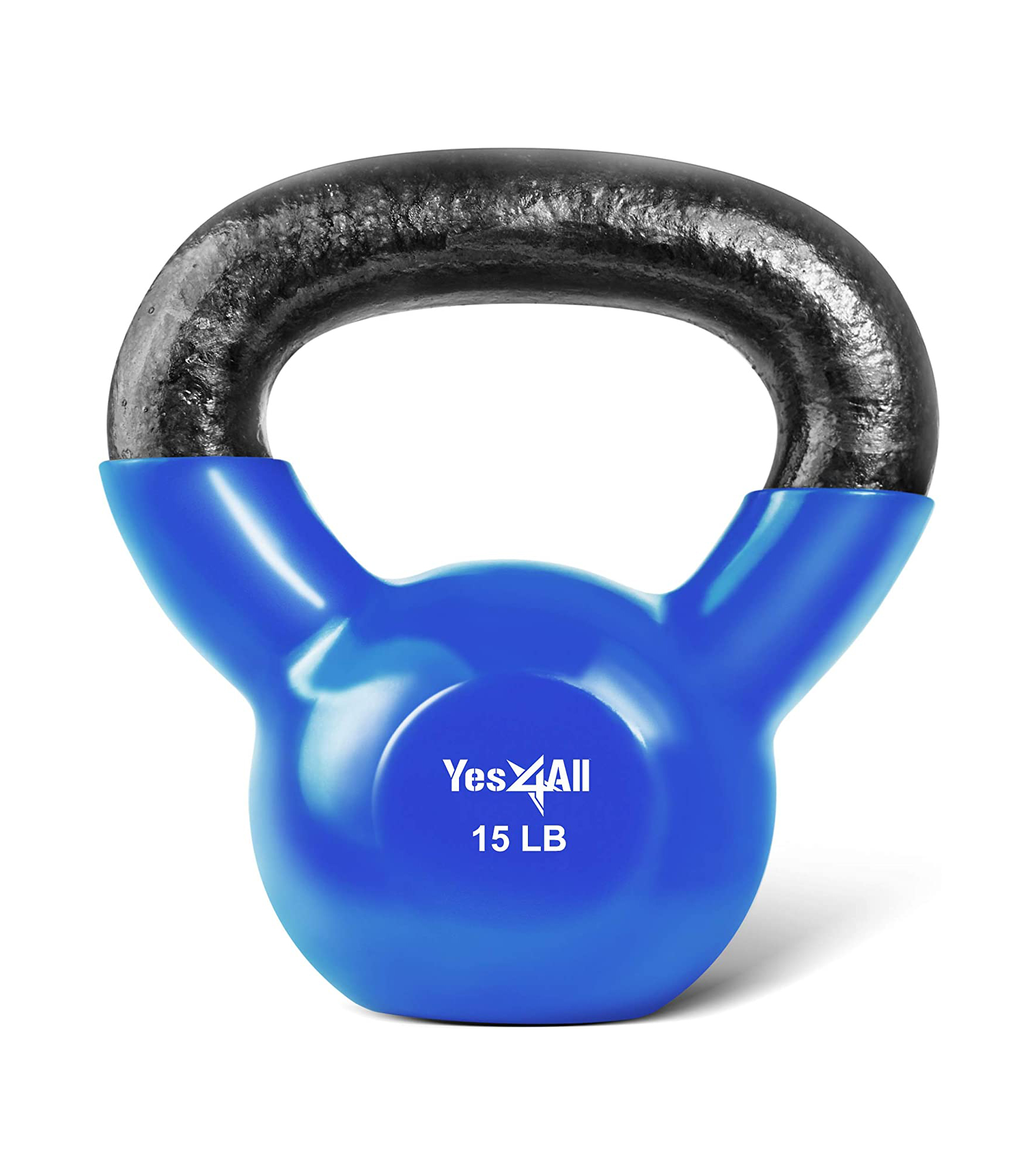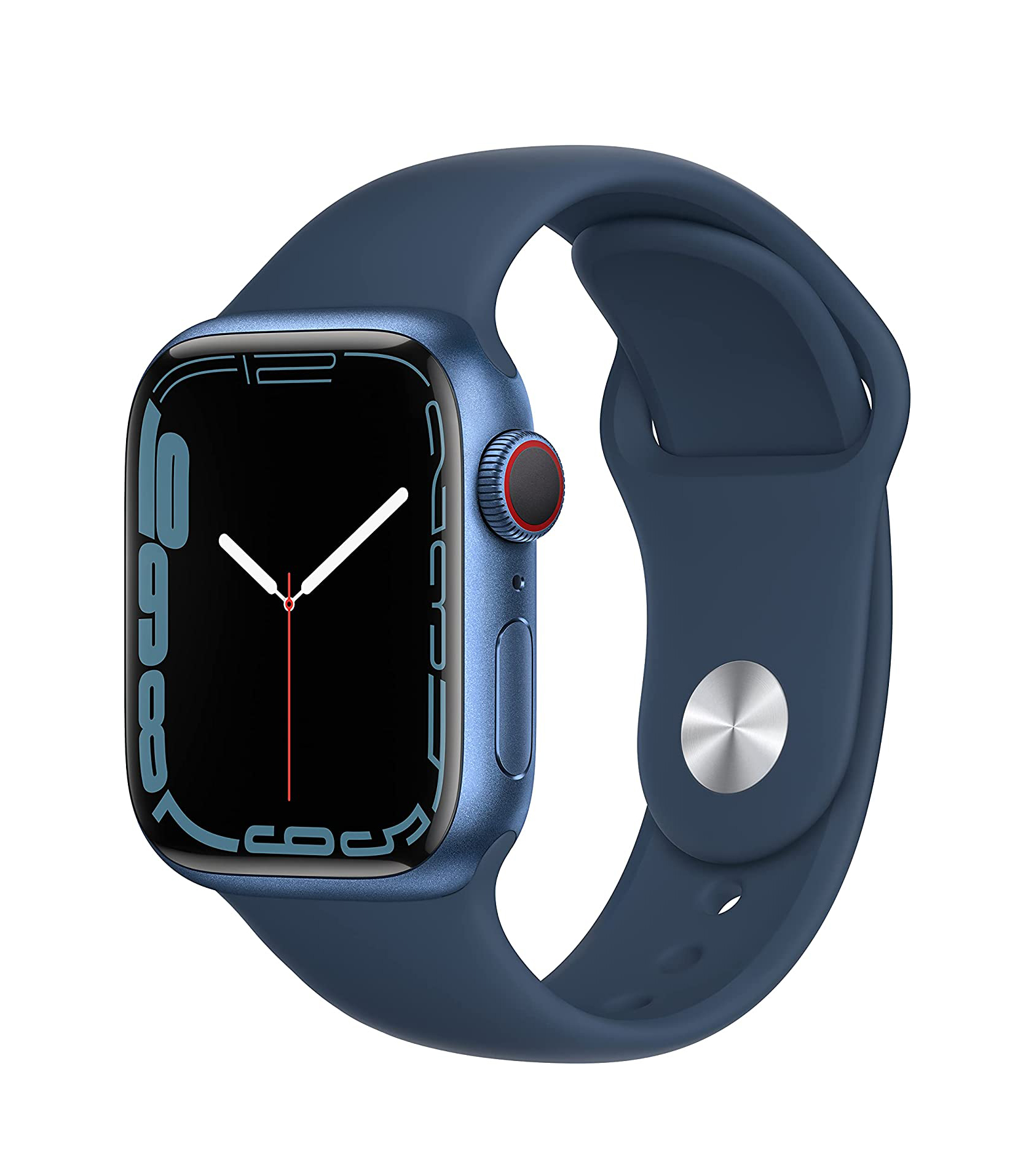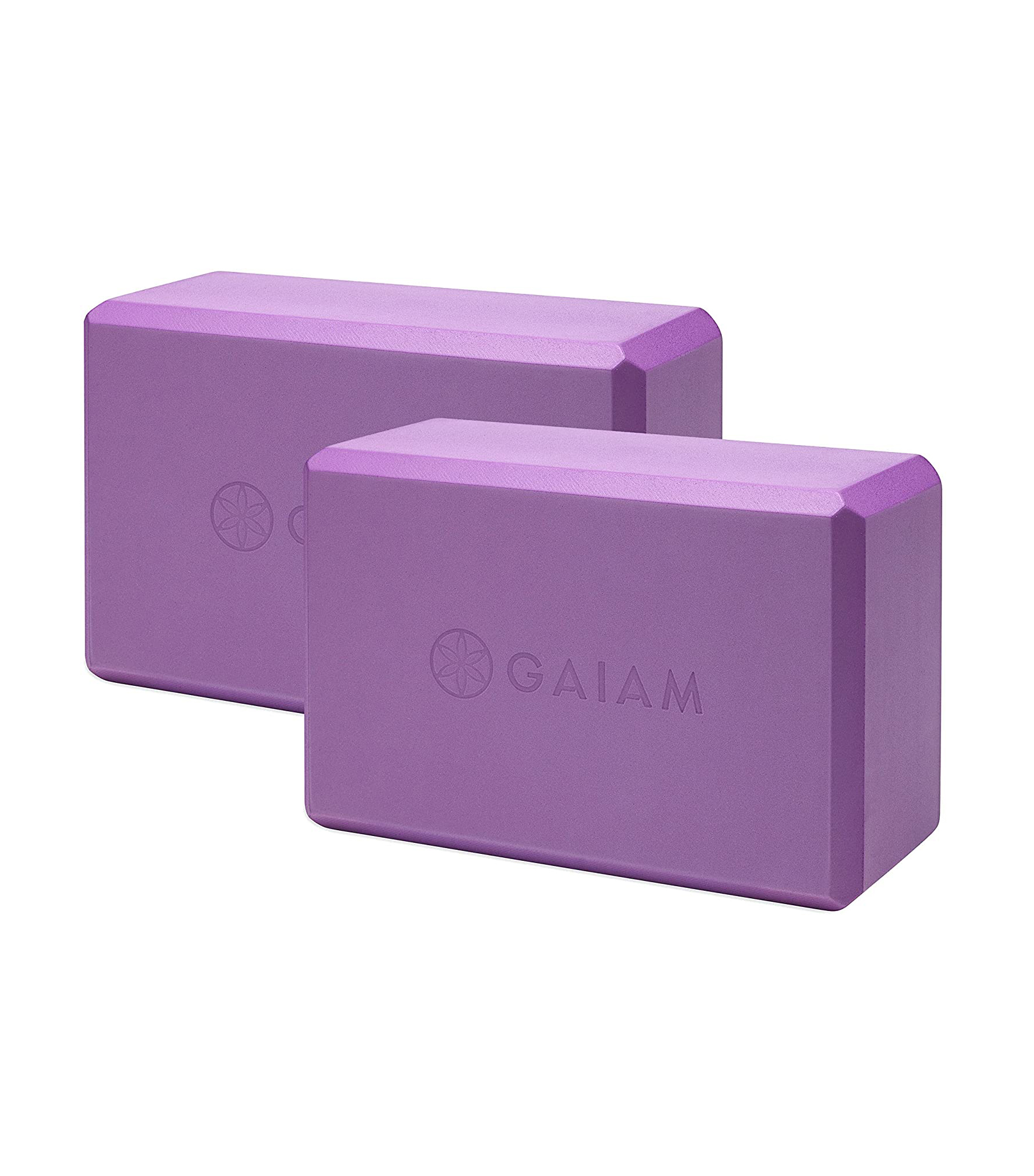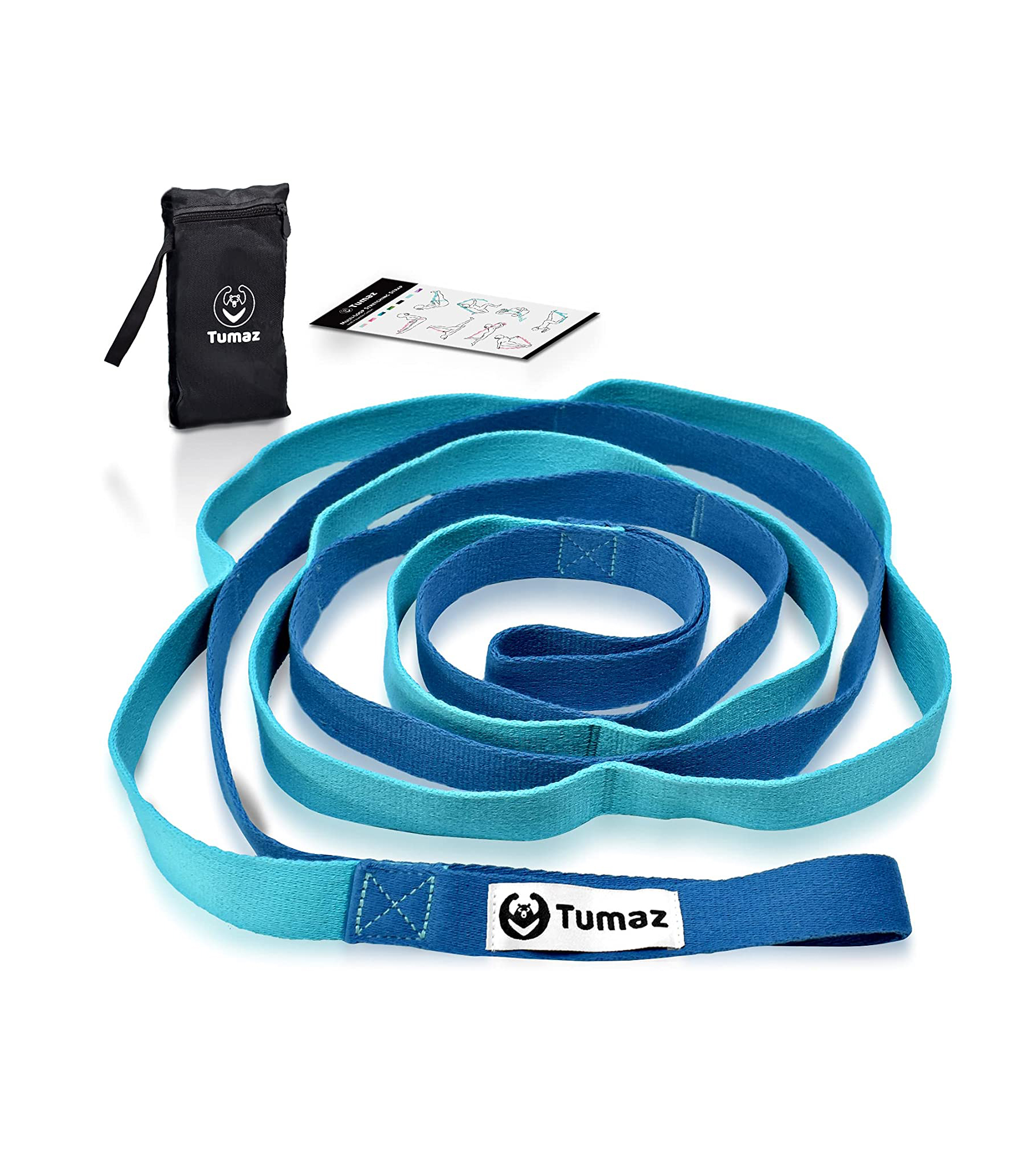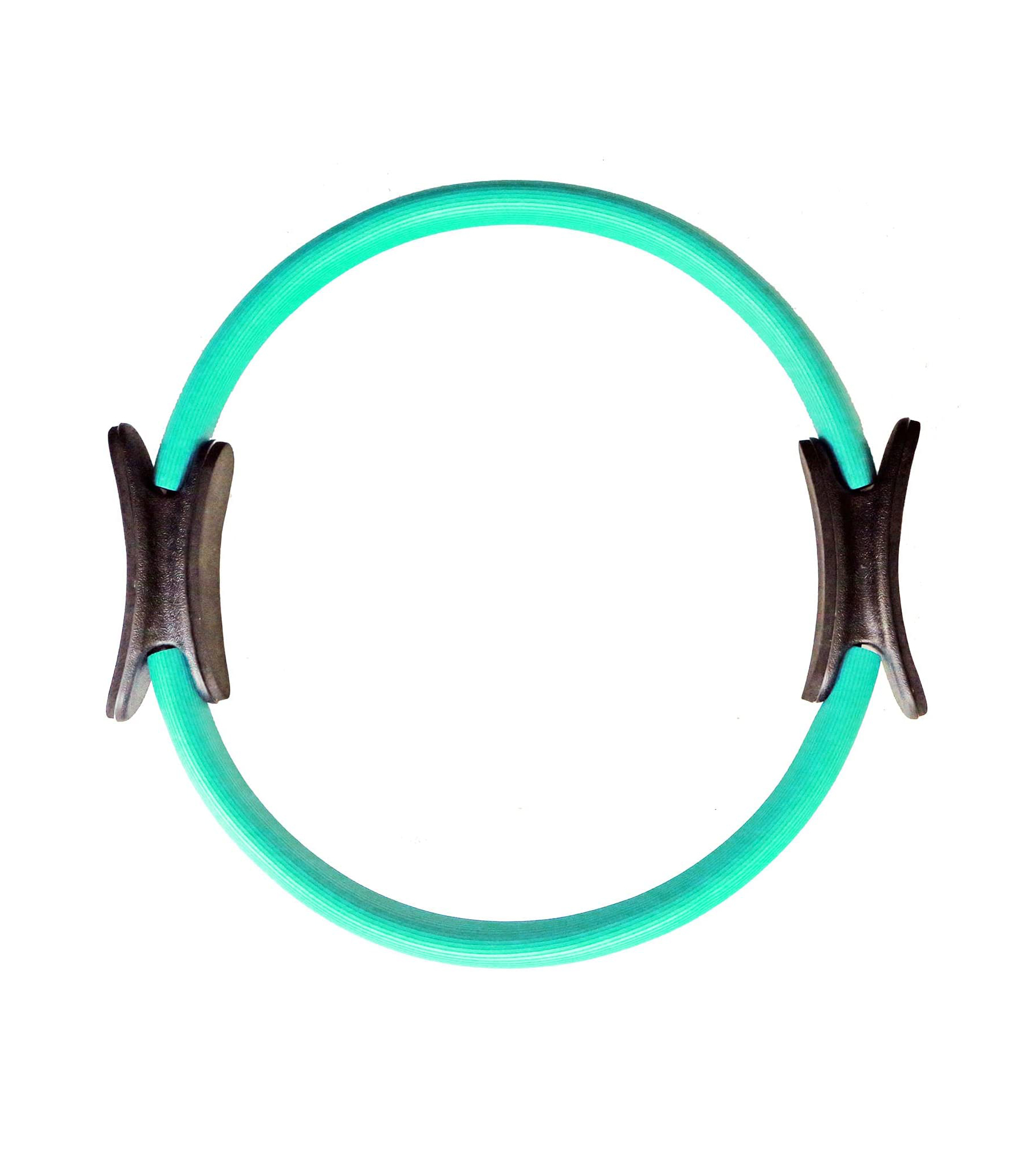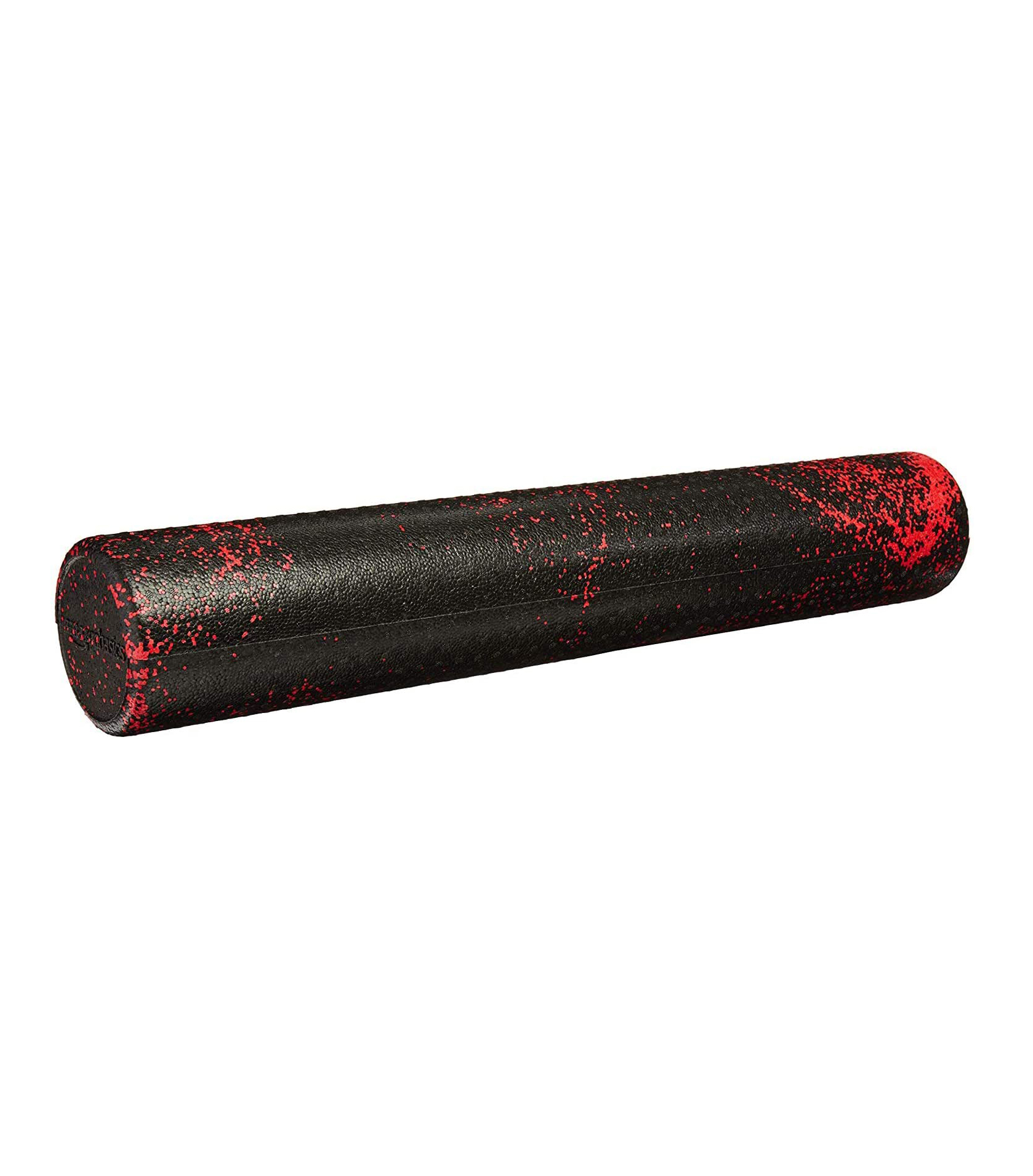11 Stress-Relieving Workouts to Try When You're Overwhelmed
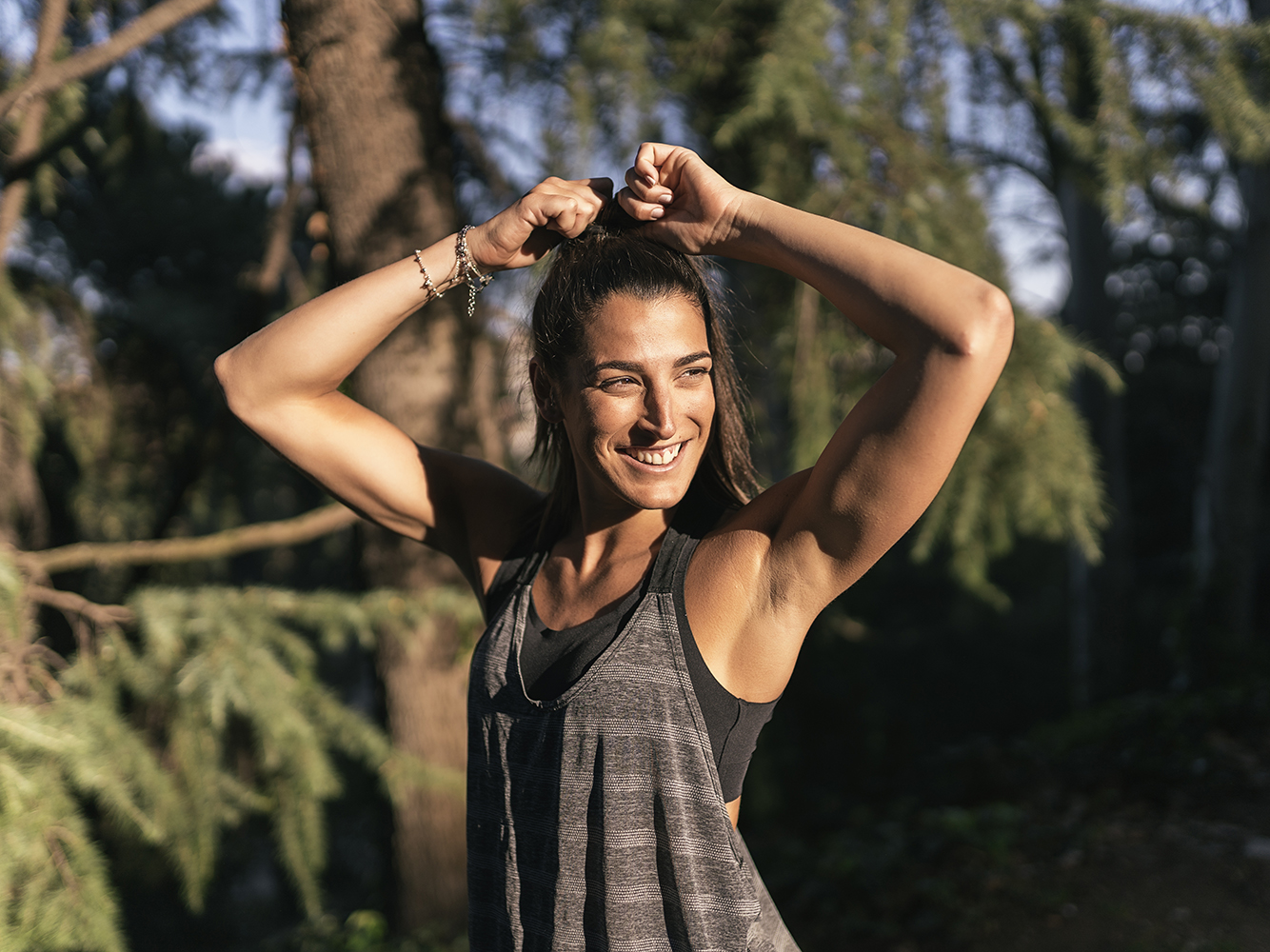
Everyone has different ways of decompressing and relieving stress. Some people take baths, others journal, some like to spend time with family and friends, and others like to practice meditation or breathwork. And that's just a few of the ways you can turn down the cortisol. But let's not forget another popular option that is good for you mentally and physically: getting a workout in. Yes, breaking a sweat can really do wonders for your stress levels. In fact, it can decrease any tension you're feeling and elevate your mood, all thanks to those endorphins. Plus, if you've ever had some pent-up tension or worries, going hard during a sweat session can just feel so good and freeing. The Mayo Clinic says that regular exercise can "increase self-confidence, improve your mood, help you relax, and lower symptoms of mild depression and anxiety." It can help you sleep better, too.
"Exercise is a great way to help nip stress in the bud by redirecting focus and attention to your physical well-being," says Christina Jensen, a Mirror trainer. "I am a firm believer and advocate in using how you feel to fuel your workouts."
FitOn App trainer DeAndre Sinette says his top tip for using workouts as a stress reliever is to make sure you aren't using them to check out but to actually tune into the present moment. "Choose a workout based on your current mood, and from there, you can get your desired mood based on what is done in the workout," he says. "If I am angry, I will most likely avoid something like yin yoga which is very static, and gravitate towards something dynamic and explosive like kickboxing. I let off some steam and feel better. After that, maybe the yin yoga doesn't sound so bad."

Before you get started with your workout, Sinette suggests giving yourself a few minutes to do nothing first, which can help you get in a good mindset. "If you are going to a physical space to work out, make it easier on your nervous system by leaving five minutes earlier than you normally would so that you can make sure you're not rushing to find your zen," he says. "I love to blast my favorite music before my workout because music inspires my spirit to be more. Find what soothes your soul and do more of that."
And Dani Schenone, RYT, ACSM-CPT, a holistic wellness specialist at Mindbody, recommends some other prep tips. "Wear an outfit you feel great in. Brush your teeth before you get moving. Fill up your water bottle," she says. "Do a couple of stretches, and then visualize how you'll feel after you move. Visualize the confidence, peace, and pride you'll feel. Then make sure you let yourself actually experience that by getting to your workout!"
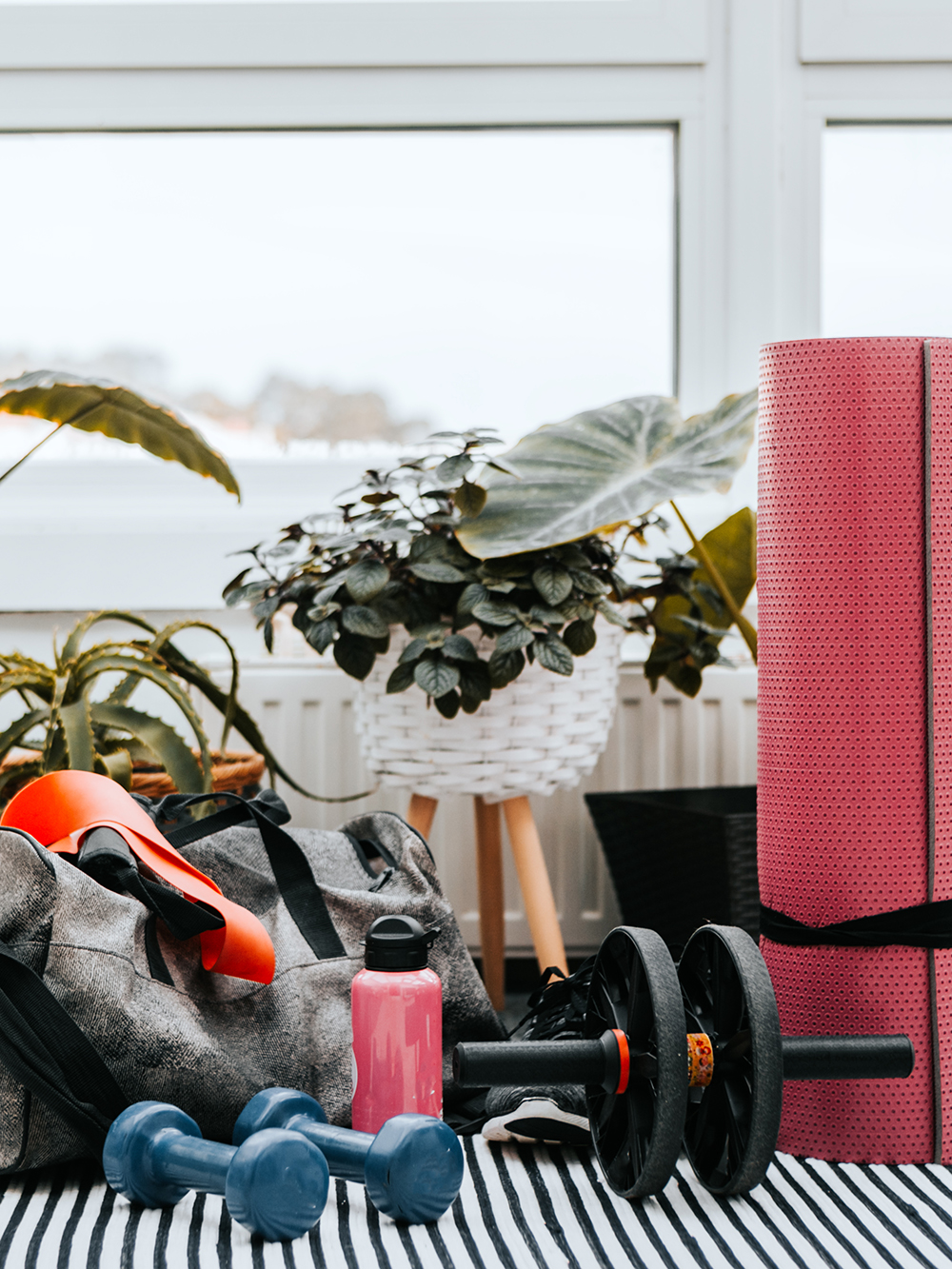
You also don't have to work out for hours in order to get rid of your stress. Schenone says just fitting in some movement in—even if it's just five minutes—is enough to reduce stress, care for yourself, and show yourself you can commit to creating a new habit.
"It truly depends on the outcome you want. If you really want to transform your body and mind you're going to need more than 15 minutes a day but if you don't want to become a super athlete, 15 minutes is more than enough, especially if it's just consistency you're after," Sinette says. "A lot of people put too much on their plate and try to commit to an hour every day which can be overwhelming at first. If anything, start with 10–15-minute workouts and add more time each week. Eventually, you prove to your mind that you can do hard things for longer amounts of time and an hour feels like nothing."
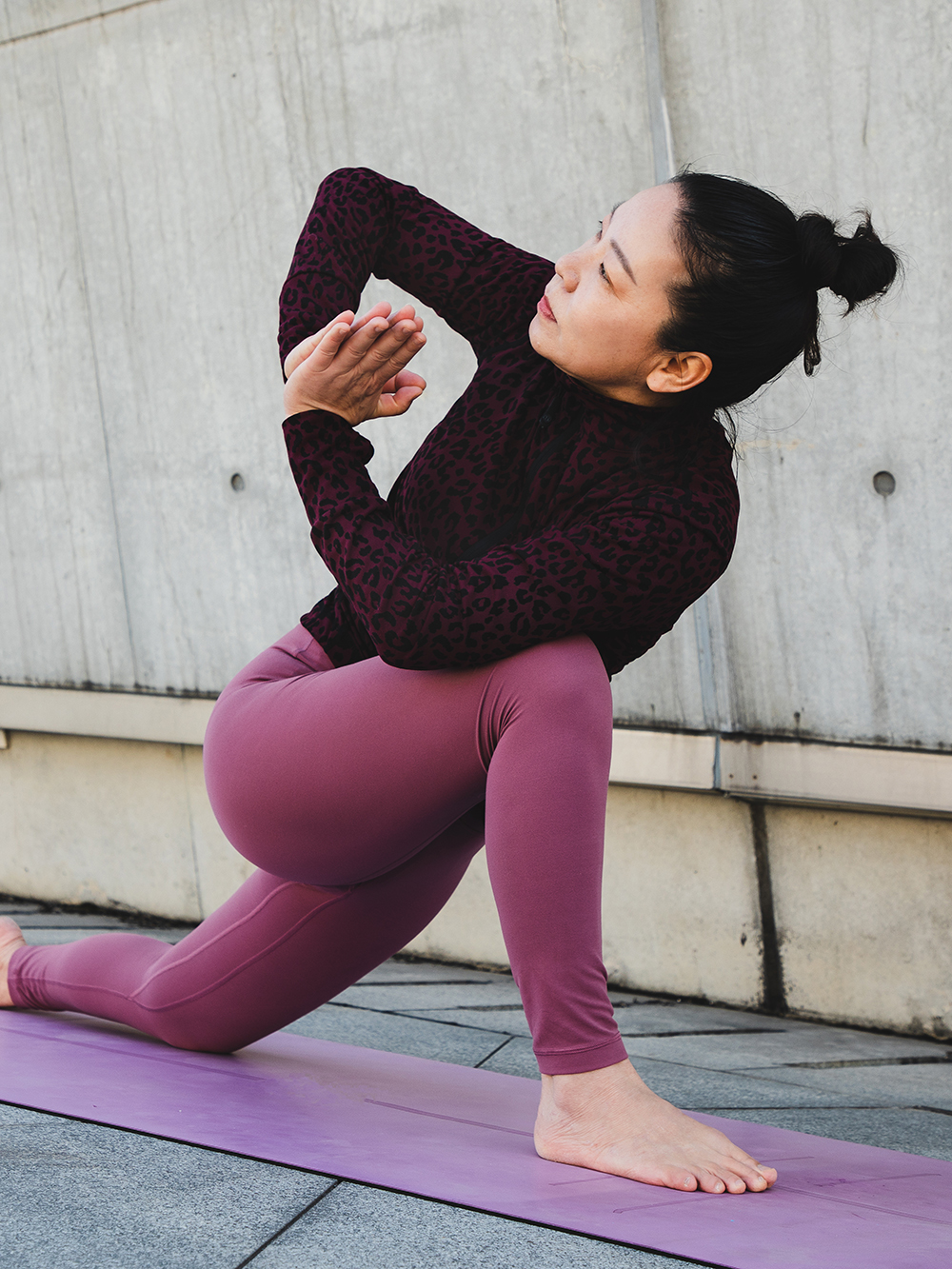
If you find yourself obsessing over your to-do list during a workout, Schenone says you don't need to fight it, because you might even stress yourself even more for feeling bad about not being able to let go. "Instead, acknowledge you're thinking about it, and then let it go and get back to the moment," she says. "If you'd like to learn specifics on how to address intruding thoughts, I suggest looking into dialectical behavioral therapy. It does wonders for stress and will help you live in the present moment."
And one more thing about using workouts to relieve stress: The last thing you want to do is to have it be an activity that leaves you even more overwhelmed. Schenone says you should get so wrapped up in the pressure to work out. "Start small and work your way up to a weekly cadence that works for you," she suggests. "For beginners, consider walking three times per week, strength training twice per week, and doing one restorative yoga class per week. Once you have a few months of that under your belt, start to add more strength-training days or substitute walking with kickboxing or running. The key is to fit it in while you can, create the habit, and add gradually! Before you know it, you'll notice your stress levels have greatly reduced."
Want to get started on relieving some stress? Take a look at these workout options below.
1. Vinyasa Yoga
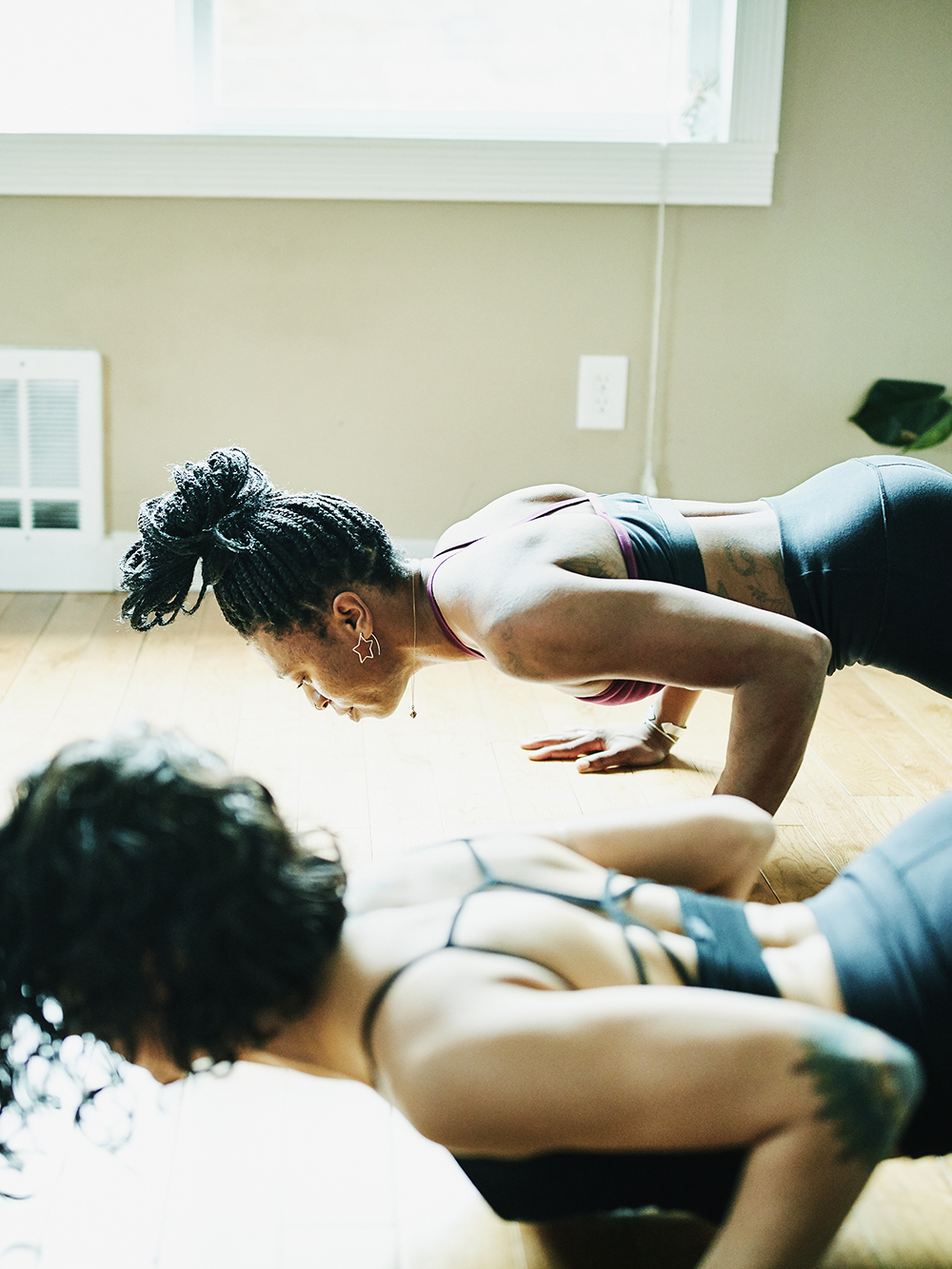
"Vinyasa is a form of yoga that links postures together in a beautiful way," Sinette says. "The reason why I love vinyasa is that it's a perfect balance between predictability and novelty. The flows can be simple but also very complex, which challenges the mind and soothes it simultaneously. FitOn has a good amount of these beautiful classes!"
2. Cardio
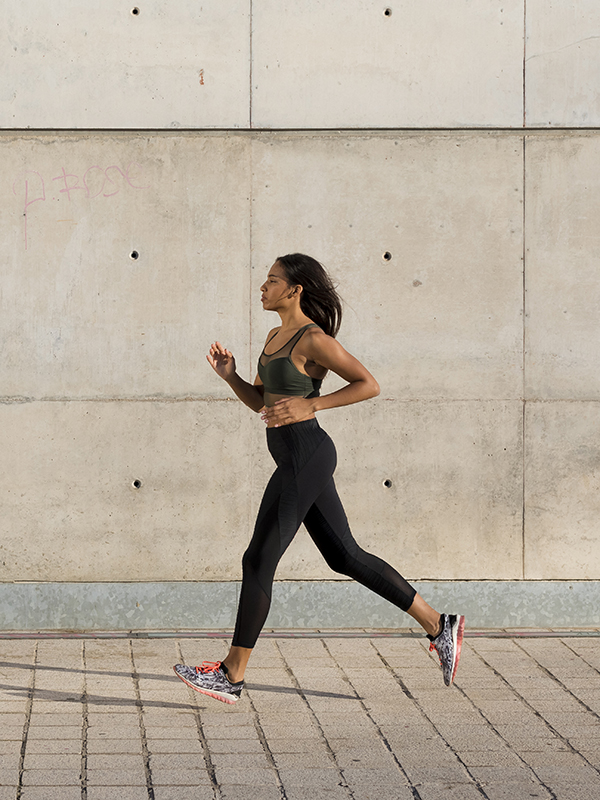
"Cardio challenges your body and mind with blood-pumping, blow-off steam sweating, drilled-for-thrill circuit training exercises that promote that natural anti-depressant effect," Jensen says. "It stimulates the production of feel-good endorphins which stimulate stress relief and an overall sense of good wellbeing. Another benefit from cardio I know you will like is that it is said to reduce the primary stress hormone cortisol!"
3. Traditional Weightlifting
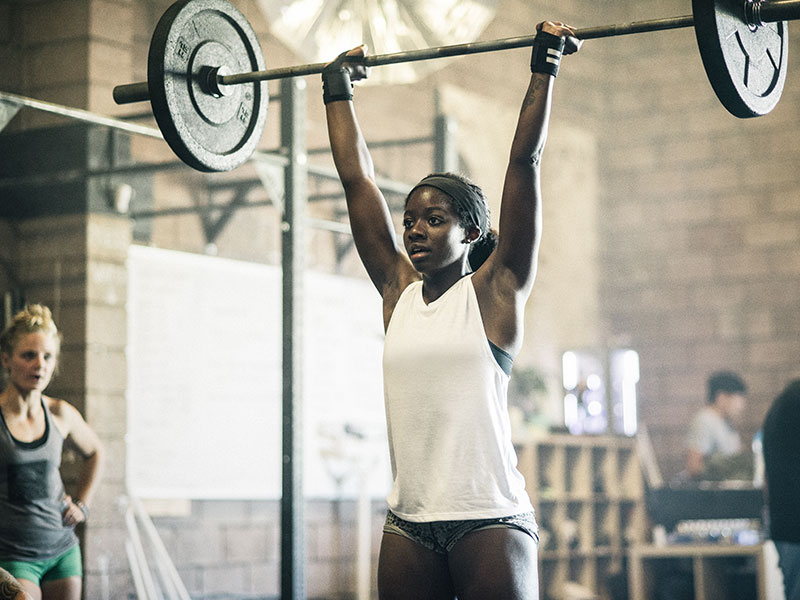
"This was my first love, and [I'm] recently getting back into it with a more mindful state," Sinette says. "There is something about the feeling and lifting something and putting it back down. It challenges the nervous system to stay alert and continue to grow. The endorphins of an intense weightlifting session are sensational."
4. Restorative Yoga
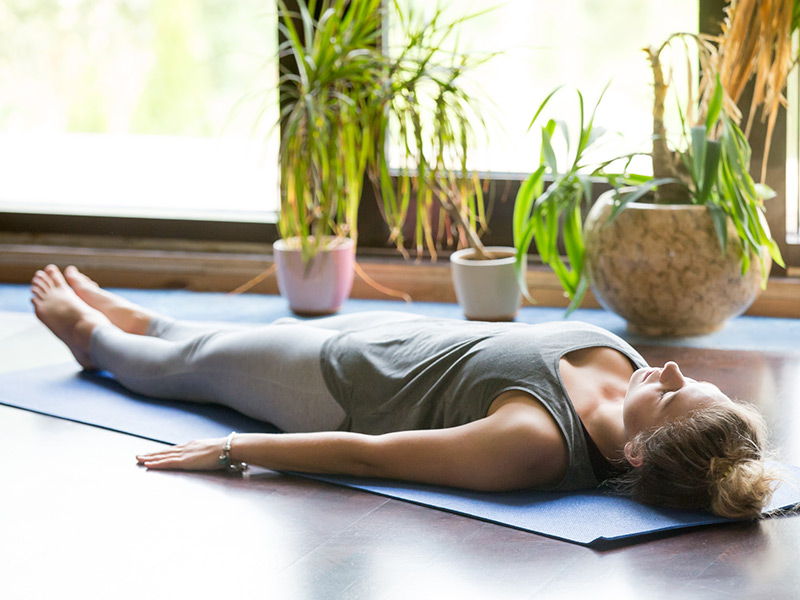
Schenone says it's an excellent stress-reliever due to its calming nature. "The goal of this type of yoga practice is to settle into one's parasympathetic nervous system, which allows the body to rest and restore," she says. "How does that happen, you ask? Prioritizing deep breathing and moving through supported postures helps put practitioners in a deeply healing state."
5. Kickboxing/Boxing

You can get out a lot of aggression in kickboxing or regular boxing. "This workout requires high energy, which one might think would be stress-inducing, but for most, it has the opposite effect!" Schenone says. "This is a cathartic workout that allows one to have a positive outlet for life’s stressors. Kickboxing uses one's pent-up energy to release muscle tension and mental stress. And it's so fun!"
And just regular boxing is great, too, Jensen says. To her, boxing requires two concepts that can combat stress: Focus (to be more present) and relaxation (it teaches you to relax). "Boxing is the only workout I have ever done that I see and feel instant gratification from my effort," she says. "It forces you to get out of your head because there is too much to think about and there is no room for doubt. You have to keep moving forward and once you see a glimmer of that progress, which I promise you will, you’ll be hooked! You will see in real-time how effort really works, how being in the moment works, and how letting go works! It is the most liberating workout I teach, and the most exhilarating workout you will ever do."
6. Strength Training
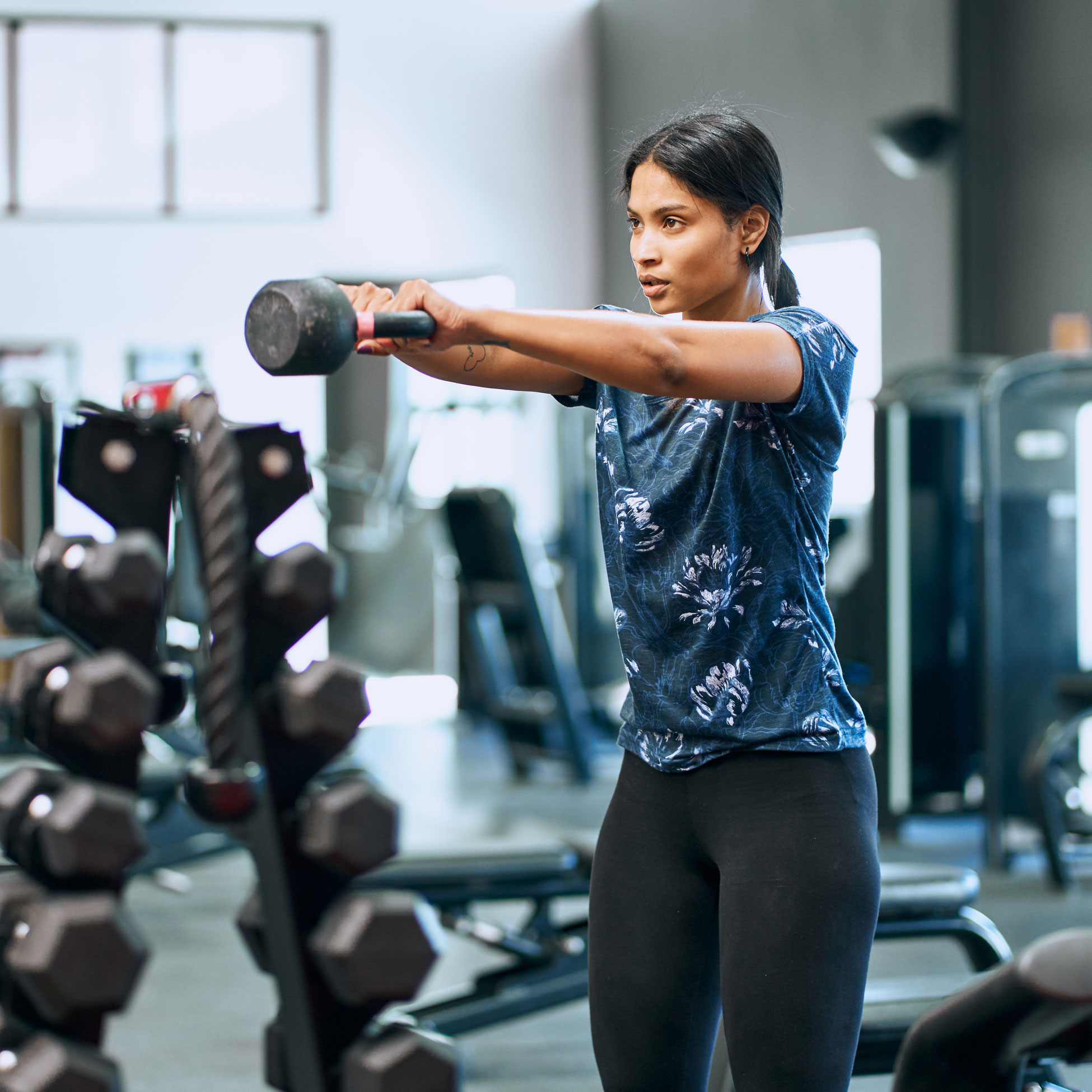
"Strength training releases all sorts of good-feeling endorphins which help to ease stress and anxiety. Not to mention strength training helps to promote a positive body image and boost confidence," Jensen says. "I can honestly say in the 20 years I have been training, there is not one single strength training workout I have done that I didn't feel 100% better after doing it. Strength training has many looks, but it also doesn’t need to be a really long and tough workout where you are squatting a million pounds. It can be as simple as getting down on the ground and doing some crunches and modified push-ups, or doing some bodyweight squats."
7. Walking
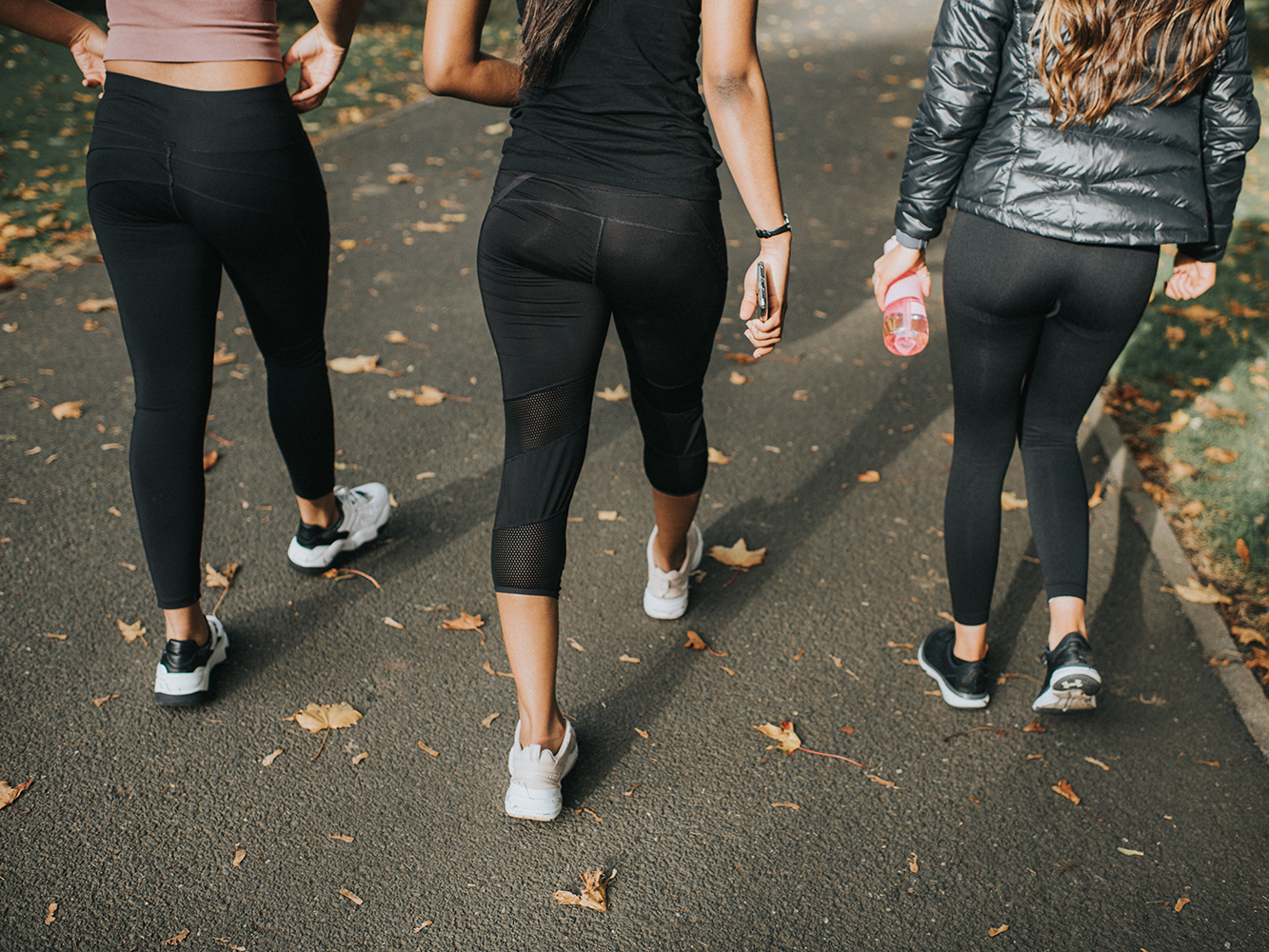
"Walking is such a great way to relieve stress and change one's perspective," Schenone says. "Getting outdoors and changing the scenery can bring a lightness to an otherwise dark, stressful day. As humans, we love to work towards something, and that's what walking gives us—the ability to move forward and clear the path for a more positive outlook."
8. Yin Yoga
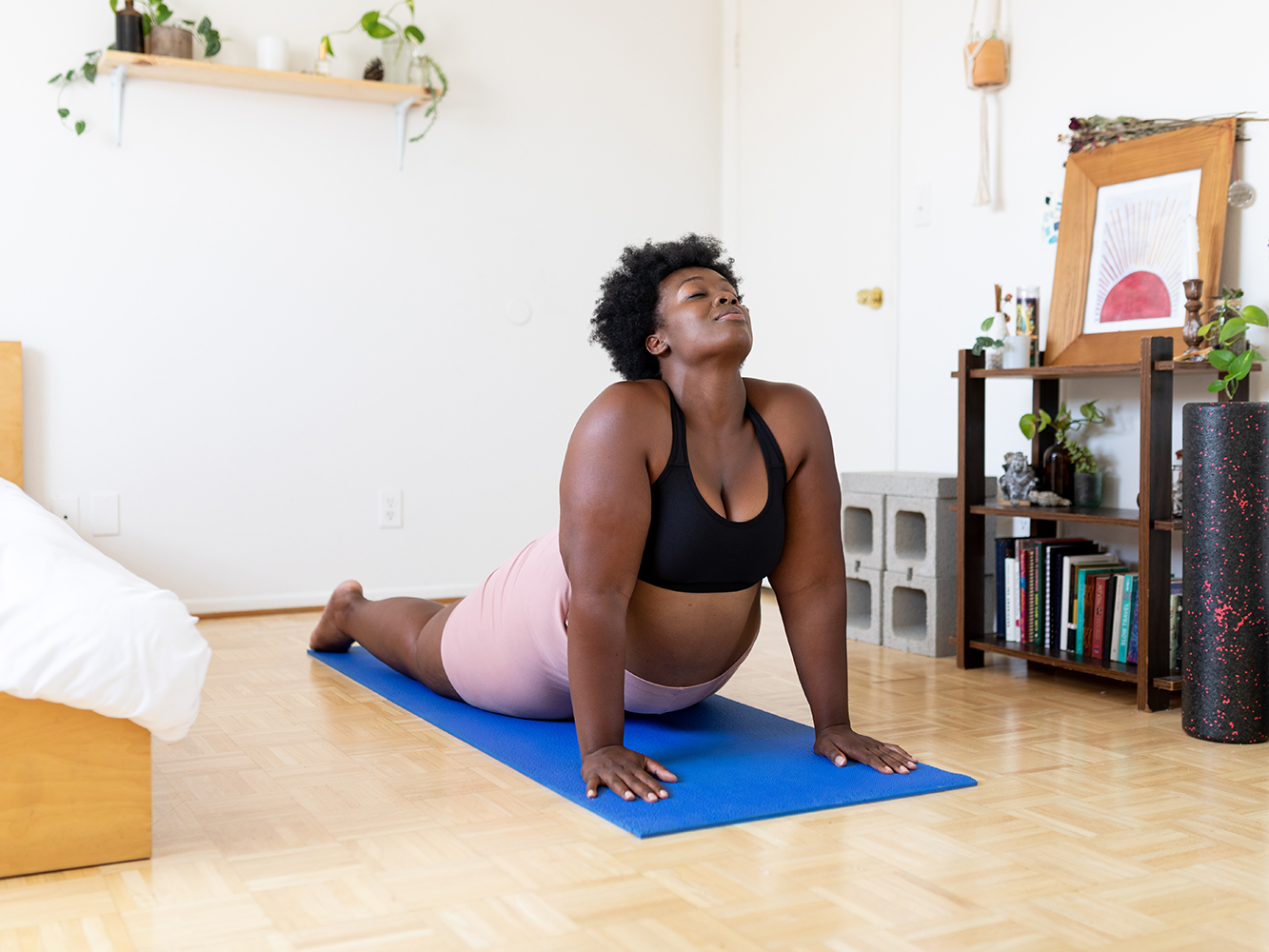
"Yin is like a workout for the ligaments and the mind," Sinette says. "Long-held postures that are often supported with props allow you to release what has been held onto in the body for so long. It also creates a lot of emotional resilience and patience."
9. Stretching
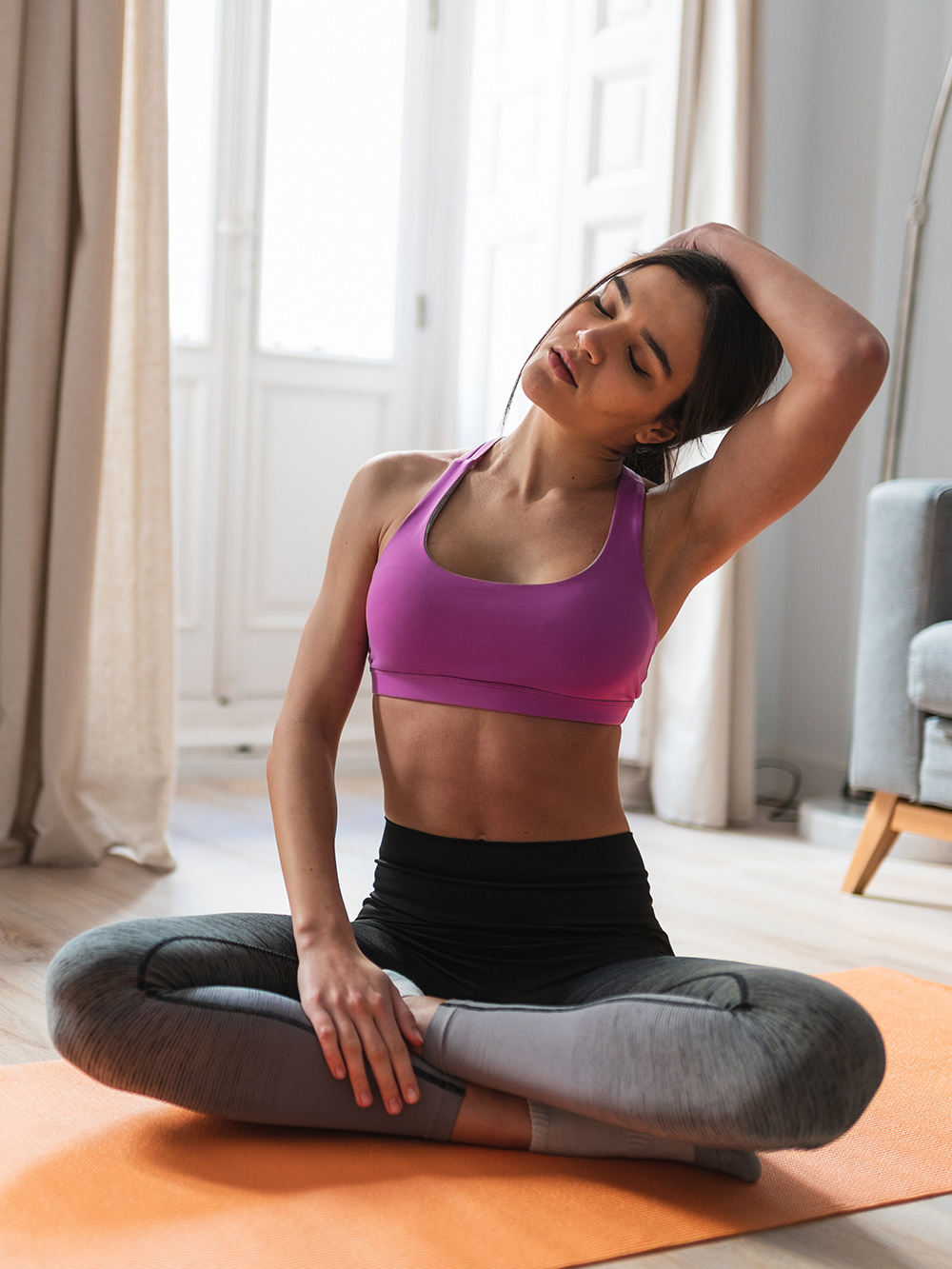
When you're stressed, it can show up as tension in your body, which could lead to achy muscles and joints. Stretching can help release that, and it's often overlooked when it comes to workouts. "Stretching is shown to release muscle tension, reduce joint stiffness, enhance your body's natural range of motion, reduce the chance of injury, increase blood flow, and overall helps to reduce those icky feelings of anxiety," Jensen says. "Stretching will not only improve your physical fitness, but it will also have positive impacts on your flexibility and balance. Many people have a tendency to skip the stretch but let's be honest, do you ever feel good when you leave something unfinished? I don't either, yet the post-sweat stretch is the first thing people will skimp on rather than completing the workout."
10. Pilates
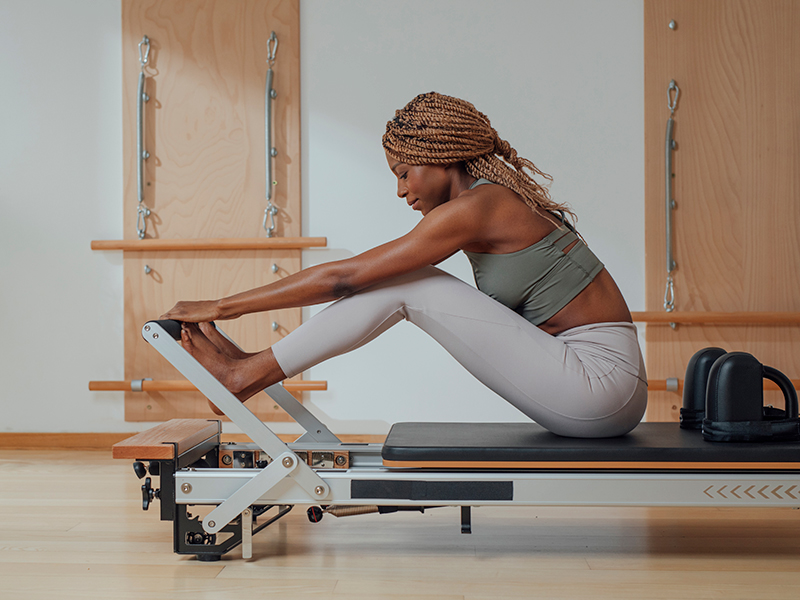
Sinette says he loves Pilates because it gives you the satisfaction of working those tiny intricate muscles that other workout styles can fail to hit. Plus, it's great for your abs.
11. Foam Rolling
Jensen admits that many people might not consider foam rolling as a type of exercise, but she says trainers and instructors use it all the time for pre- or post-workout release, and she likes to use it when she needs a rest from all the stress in her life. "Foam rolling is what we call SMR (self-myofascial release) which is basically a fancy way of saying self-massage," she says. "Foam rolling has different benefits from person to person, but in general can help to relieve muscle tightness, soreness, and release those pesky muscle knots that can create so much pain and discomfort. If you lack the energy to get up and moving or tension seems to be your middle name, try grabbing a foam roller and get down with rolling out."
To get started, Jensen recommends grabbing a foam roller that has a smooth and flat surface and placing the foam roller behind you. "Keeping your butt in front of the roller, slowly shift your weight forward and back, gently gliding the roller up and down your back in smooth, long strokes," she explains. "Take some time and play with it to see what feels good. The general rule of thumb is to avoid bones. The foam roller is designed for muscle release so if it feels good, keep going! Roll out your back, legs, butt, neck, shoulders, calves you name it!"
Next: 6 Yoga Poses That Can Relieve Stress Like Whoa
This article is provided for informational purposes only and is not intended to be used in the place of advice of your physician or other medical professionals. You should always consult with your doctor or healthcare provider first with any health-related questions.
Sarah is lifestyle writer and editor with over 10 years of experience covering health and wellness, interior design, food, beauty, and tech. Born and raised in Los Angeles, she attended New York University and lived in New York for 12 years before returning to L.A. in 2019. In addition to her work at Who What Wear, she held editor roles at Apartment Therapy, Real Simple, House Beautiful, Elle Decor, and The Bump (sister site of The Knot). She has a passion for health and wellness, but she especially loves writing about mental health. Her self-care routine consists of five things: a good workout, “me” time on the regular, an intriguing book/podcast/playlist to unwind after a long day, naps, and decorating her home.
-
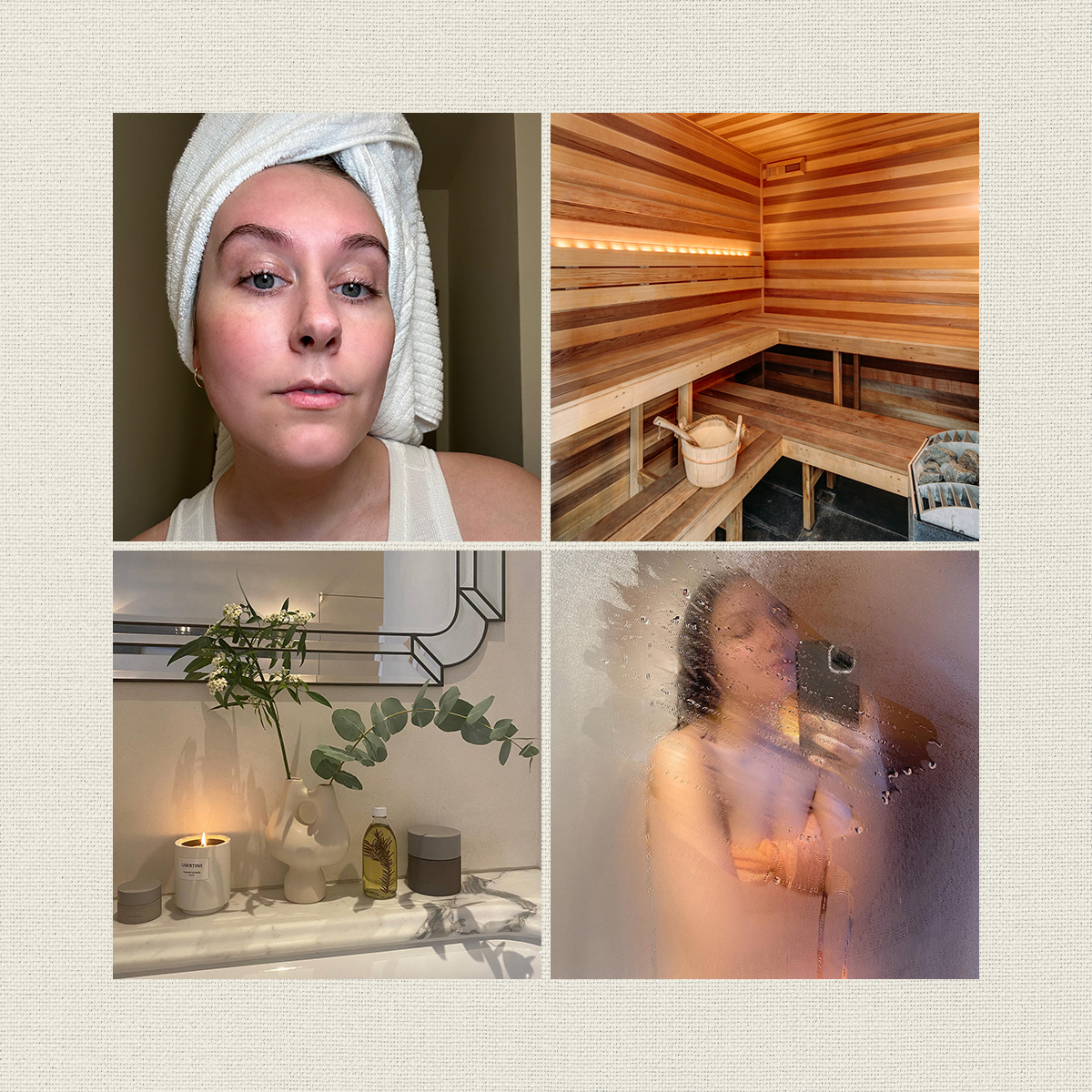 I Tried the Internet-Famous Sauna–Cold Plunge Combo—It Eliminated Skin, Sleep, and Stress Issues
I Tried the Internet-Famous Sauna–Cold Plunge Combo—It Eliminated Skin, Sleep, and Stress IssuesHere's my unfiltered experience.
-
 This Founder Shares Why We Should Start Celebrating Rest
This Founder Shares Why We Should Start Celebrating RestBurnout is nothing to be proud of.
-
 I Asked J.Lo's Trainer for His Very Best Fitness Tips
I Asked J.Lo's Trainer for His Very Best Fitness TipsGunnar Peterson has thoughts on how to get moving this season.
-
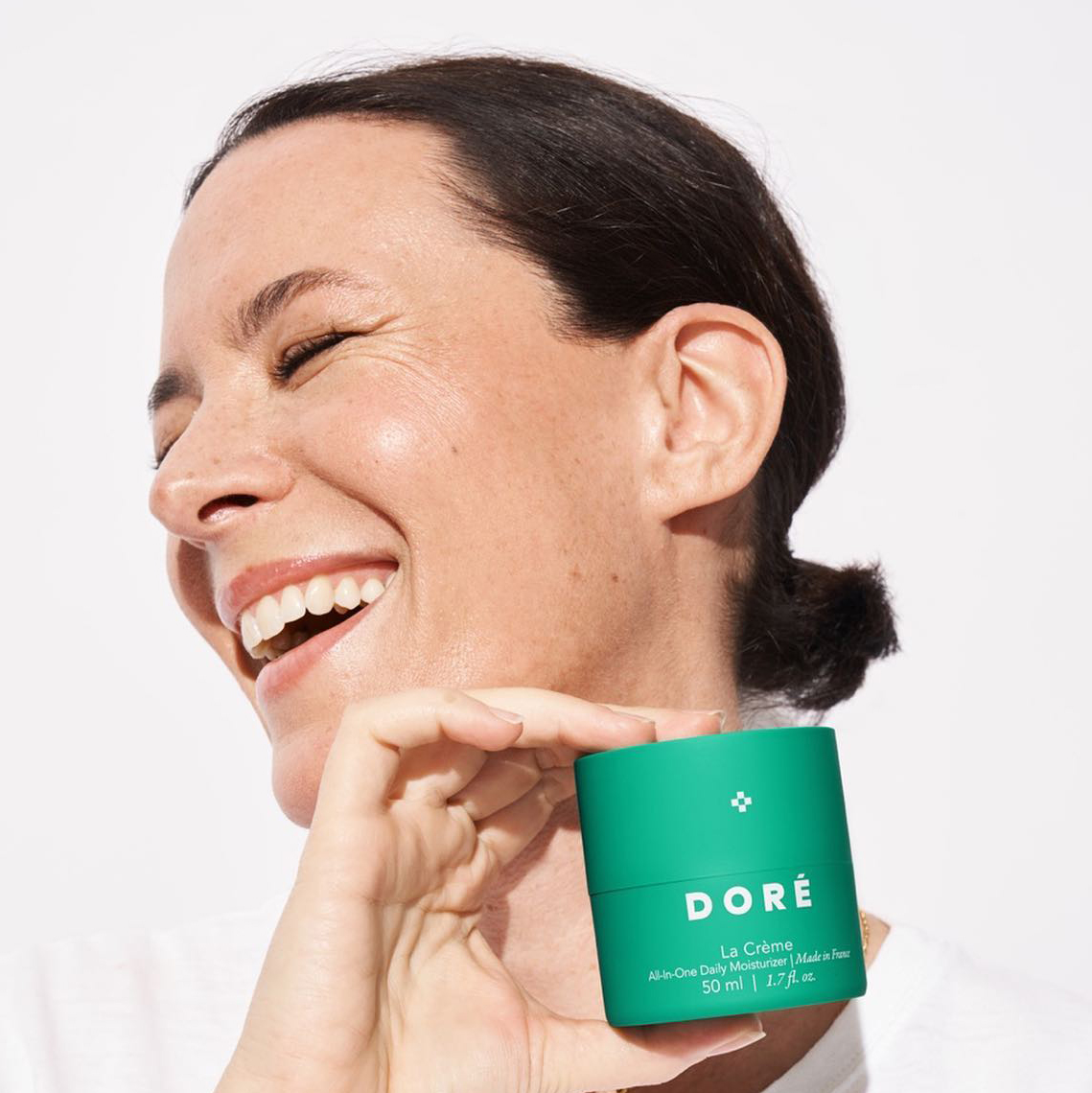 This Style Influencer Turned Founder Shares Her Favorite Ways to Start the Day
This Style Influencer Turned Founder Shares Her Favorite Ways to Start the DayA morning routine from London.
-
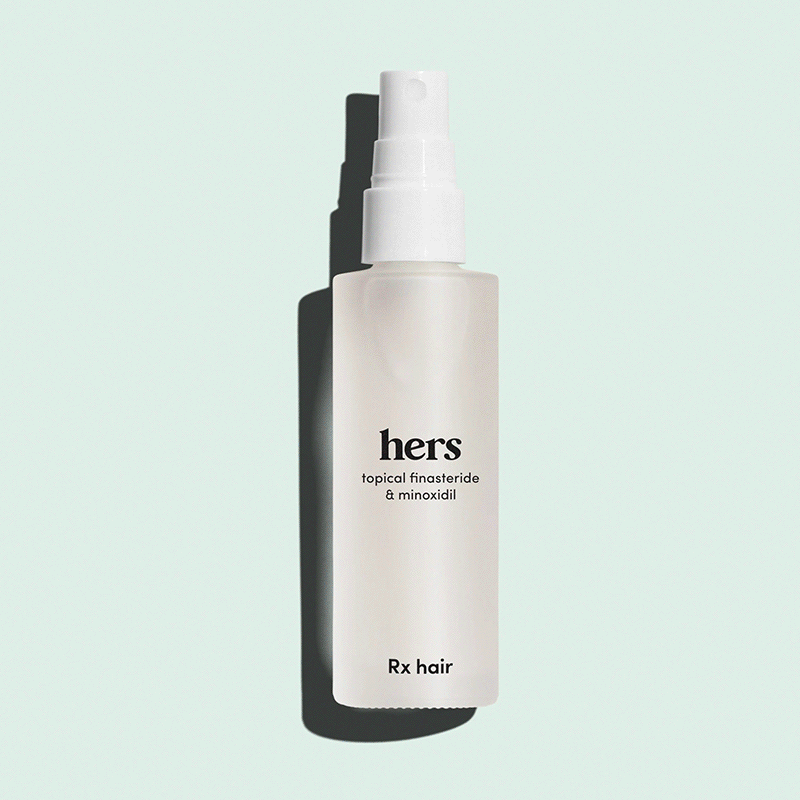 13 Products That Will Step Up Your Self-Care Game From Home
13 Products That Will Step Up Your Self-Care Game From HomeGet that glow from within.
-
 These 8 Foods Are the Worst for Rosacea—Here's What to Eat Instead
These 8 Foods Are the Worst for Rosacea—Here's What to Eat InsteadControl those flare-ups.
-
 If You're Super Stressed Out, These 17 Things Can Make You Feel Better
If You're Super Stressed Out, These 17 Things Can Make You Feel BetterTry them.
-
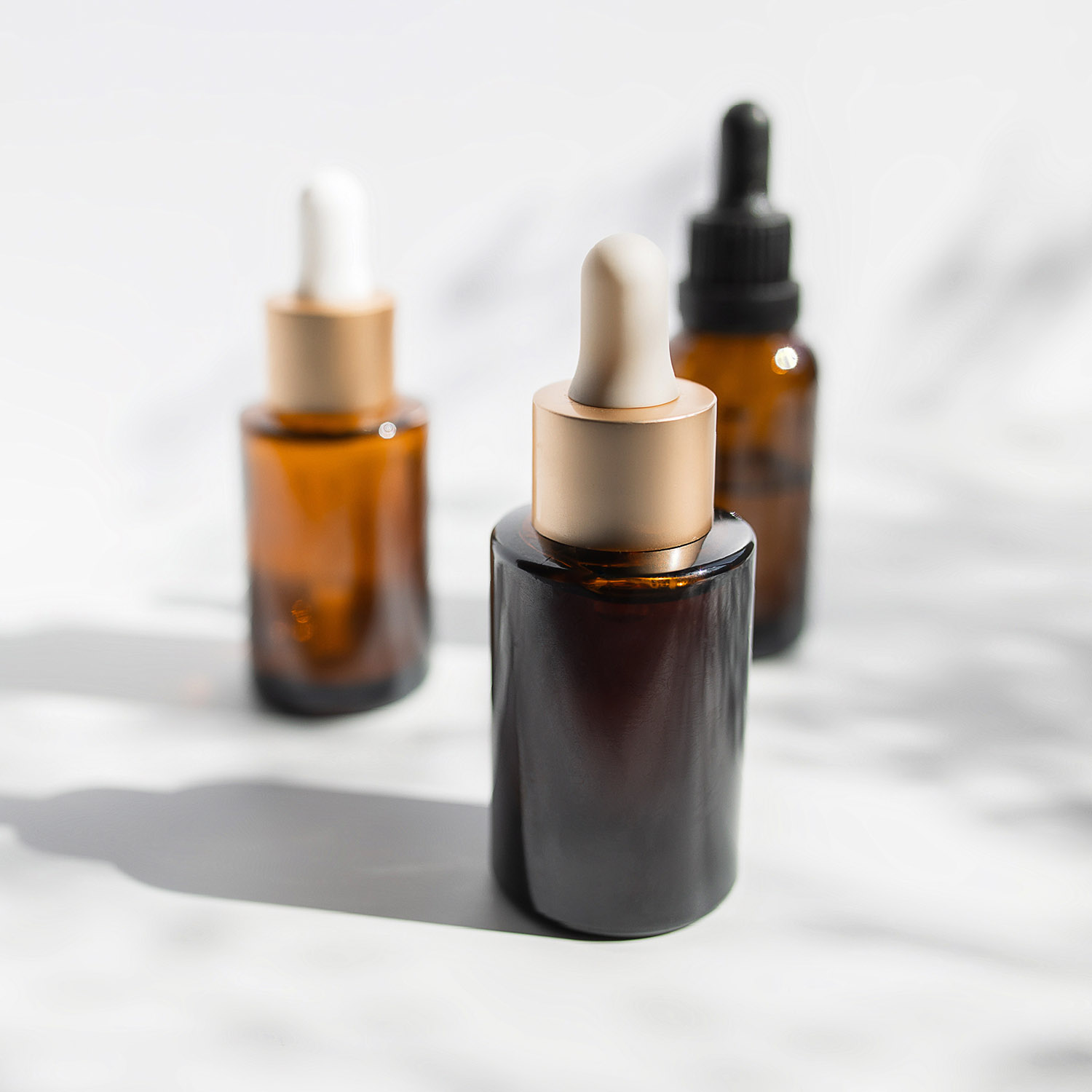 These Essential Oils Will Relieve Your Stress ASAP
These Essential Oils Will Relieve Your Stress ASAPBreathe in. Breathe out.
